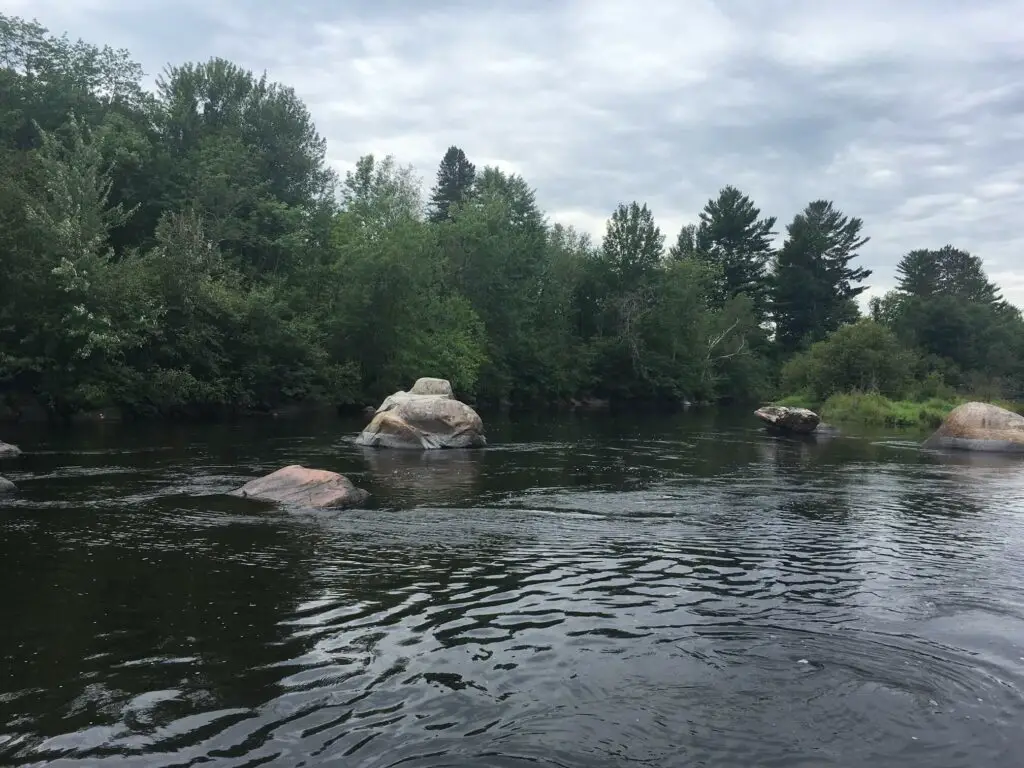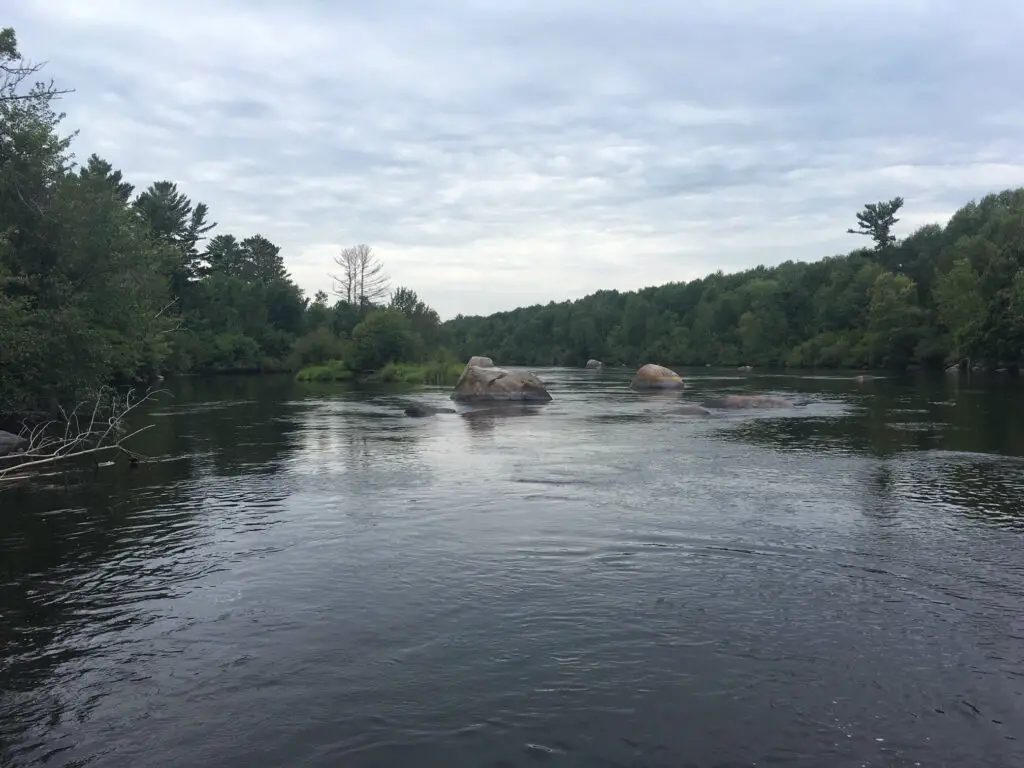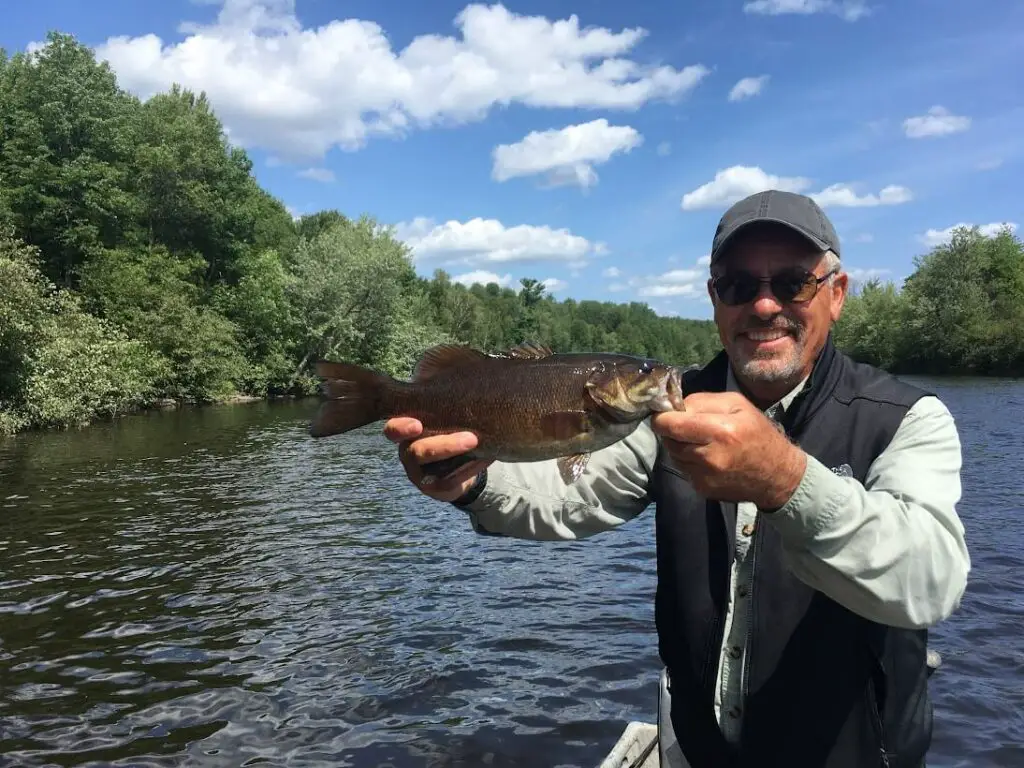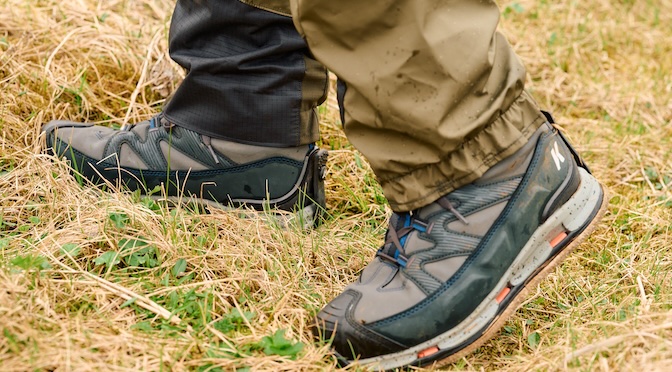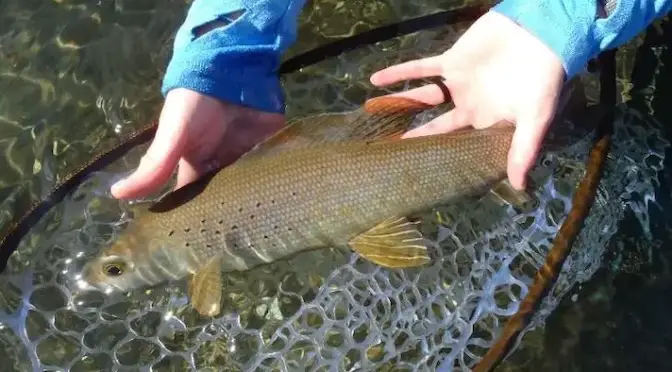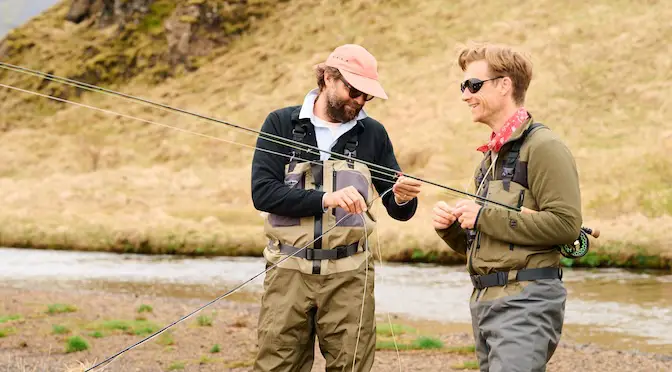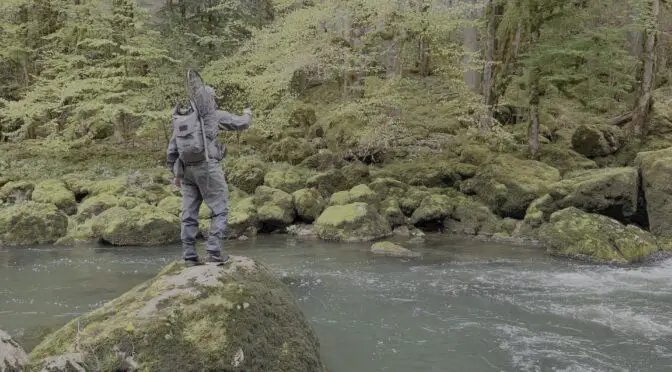Last updated on January 9th, 2024.
- A Historic Reintroduction Takes Shape - May 16, 2025
- Wrangler Duo Key to Wyoming Wilderness Adventure - October 1, 2024
- A Guide to the Best Flies for the Driftless Area - May 6, 2024
Midwest fishermen typically take a summer break from trout fishing during the warm dog days of July and August.
Instead they may want to give smallmouth bass a try by checking out the Wisconsin River.
At approximately 430 miles long, the Wisconsin River is the state’s longest river, bisecting the state running south from its origination in the forests of the North Woods Lake District of northern Wisconsin, near the border of the Upper Peninsula of Michigan. It flows south across the glacial plain of central Wisconsin, passing through Wausau, Stevens Point, and Wisconsin Rapids. In southern Wisconsin it encounters the terminal moraine formed during the last ice age, where it forms the Dells of the Wisconsin River.
At this point, the river’s character begins to change. Known as the Upper Wisconsin River until the Dells, its depth ranges from 4-10 feet with a stone bottom and tannin-stained color. North of Madison at Portage, the river turns to the west, flowing through Wisconsin’s hilly western upland and joining the Mississippi approximately three miles south of Prairie du Chien. This section is known as the Lower Wisconsin River and becomes a wider, shallow waterway with a sandy bottom.
If you enjoy great scenery and solitude, the Wisconsin River offers both plus the combative smallmouth bass. During two-day August weekday trips on both rivers I saw more bald eagles than other fishermen.
Lower Wisconsin River Fly Fishing — Sand Bars and the “Crash”
The Lower Wisconsin River (LWR) is a big river, rarely getting over 10 feet deep and is often less than four feet in depth, which makes navigation difficult if not impossible with large power boats.
A natural phenomenon that occurs on the Lower Wisconsin is the “crash” when smallmouth bass and white bass, work in schools to corral baitfish. This occurrence is often identified by the violent surface activity of numerous fish devouring baitfish in the top six inches of the water surface. Trout Unlimited endorsed guide Kyle Zempel and owner of Black Earth Angling guide service has promoted summer trips during the annual “crash” season between his Driftless Area Spring and Fall trout seasons.
During my August trip with Kyle and his jet boat, we experienced this topwater feeding frenzy within minutes of leaving the boat launch on a windless and calm river. Kyle uses a 16-foot jetboat as his fishing platform which is ideal for navigating the shallows with its ever-shifting sandbars.
My companion and I used a 7-weight outfit and a handmade balsa “Pencil Popper” which mimicked a jumping, skittering shad minnow on the water’s surface. These hand-crafted balsa bass flies are made locally by Bass Pop Fly Shop—an online resource.
A cast into the topwater turmoil netted the day’s first hook-up with a nice white bass. After catching 15 white bass including a couple of doubles, a school of smallmouth moved in, displacing the white bass. An hour and 20 smallies later, tranquility returned and we headed downstream to fish the banks and any wood structures.
One of the reasons the LWR is a bucket list fishing destination is that it is one of the most ecologically diverse river systems in the country providing a home for 98 species of fish.
As it is with most rivers, you’re never quite sure what you’re going to catch since the Wisconsin holds dozens of fish species. On any given day you may catch smallmouth, northern pike, muskies, walleye, sauger, catfish, largemouth, plus assorted rough fish all from the same area.
Upper Wisconsin River — Big Rocks and Fast Rapids
The Upper Wisconsin River is a river with many flavors. In the northernmost stretches it is a wild river with rapids, dense forests and giant rocks. As it flows south, the river widens and slows down. The Upper Wisconsin offers world-class smallmouth and muskie fishing and features braided channels with rocky islands.
Abe Downs is an Orvis endorsed guide and owner of Great Northern Fly Fishing guide service, and calls the Upper Wisconsin River his “home water” which he fishes over 100 days each year for both smallmouth and muskie.
During my two days of fishing with Abe for smallmouth we cast streamers, diving frogs and poppers from his drift boat, but found our greatest success throwing streamers with a 7-weight outfit against the banks and around the river’s many boulders and rock formations.
Abe typically fishes for smallmouth May through August before switching over to muskies in September and October. He fishes other northern waters in addition to the Upper Wisconsin River. As you plan your summer fishing trips this year or next think about checking out the Wisconsin River while giving trout a “summer break”.
Guides – Black Earth Angling and Great Northern Fly Fishing
Fly Shop – Bass Pop Fly Shop






